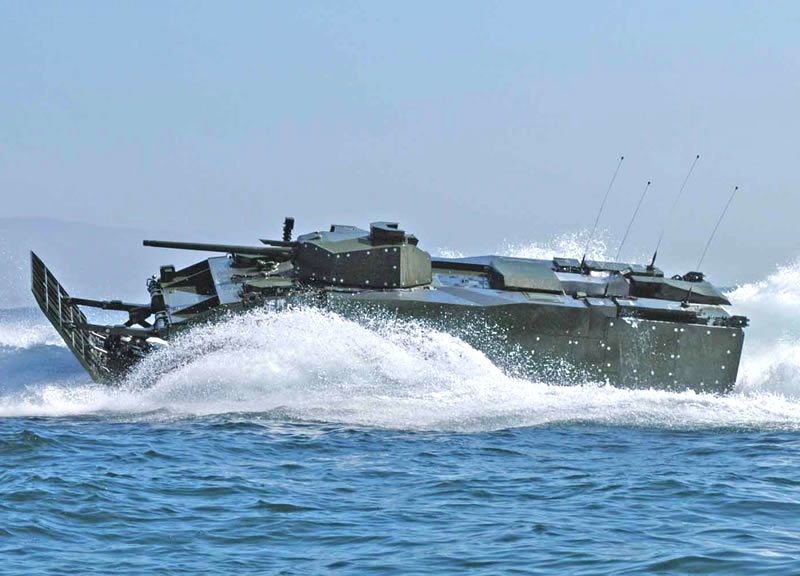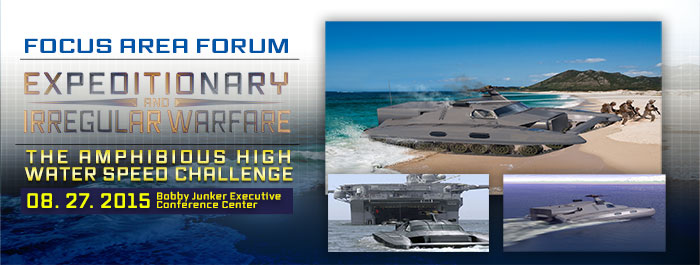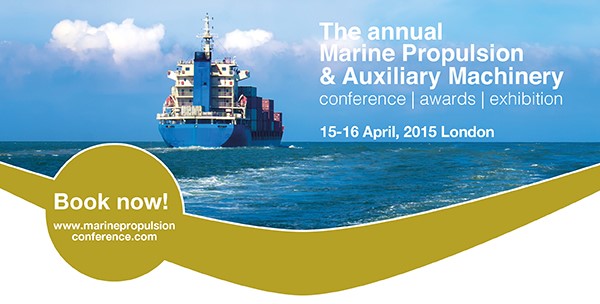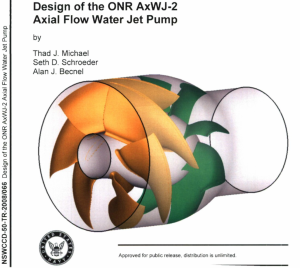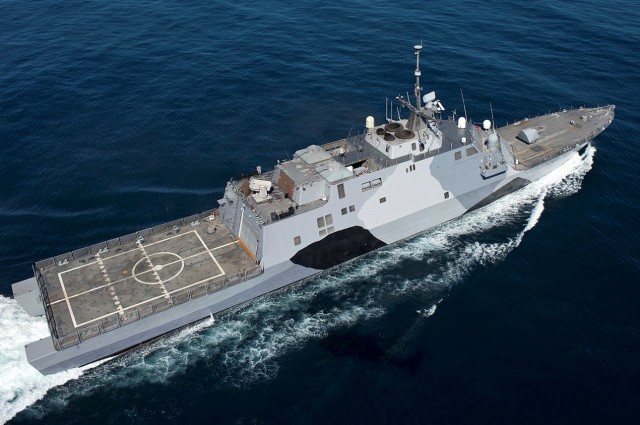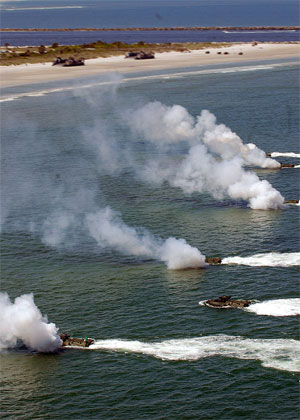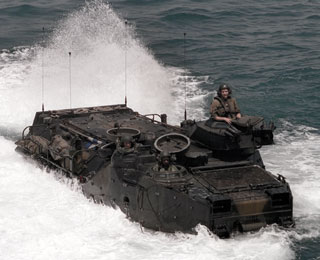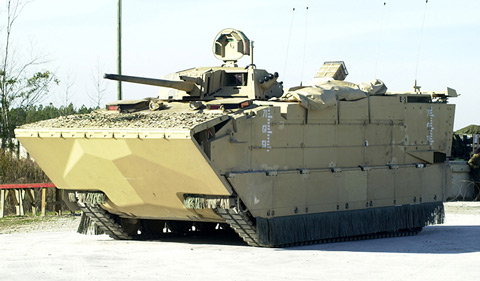2015 has been a good year for us. And we are now alumni of the Cleantech Open Pacific Northwest.
We feel we can contribute to solving the global impact of fast boats and ships, in recreational boats, military and unmanned applications. We particularly look forward to working with the electric motor community.
Please see our one-page 2015 Progress Report –
2015_IntelliJet_Traction
-
March: American Society of Naval Engineers – Click Here
-
April: Marine Propulsion Magazine (UK) – IntelliJet nominated for Innovation Award by editors
-
July: Royal Institution of Naval Architects (RINA) –– Click Here
-
August: Office of Naval Research — Poster – Click Here
-
September: 2015 Defense Innovation Challenge – Approved and ranked “high-interest” for Showcase Display at http://defenseinnovation.us/
-
October: Cleantech Accelerator Program, Pacific NW Region –
Accepted into program in May, 2015 and “graduated” October, 2015. Paper – Boats: Technology Laggards of Transportation Industry – Click Here

